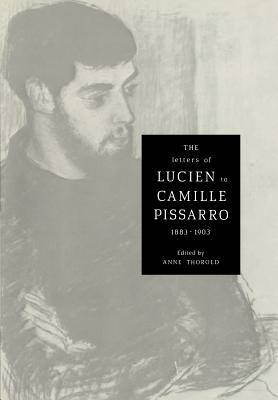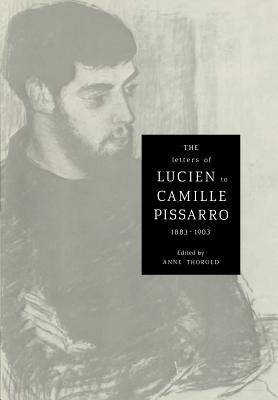
- Afhalen na 1 uur in een winkel met voorraad
- Gratis thuislevering in België vanaf € 30
- Ruim aanbod met 7 miljoen producten
- Afhalen na 1 uur in een winkel met voorraad
- Gratis thuislevering in België vanaf € 30
- Ruim aanbod met 7 miljoen producten
Zoeken
The Letters of Lucien to Camille Pissarro, 1883 1903
Lucien Pissarro
€ 143,45
+ 286 punten
Uitvoering
Omschrijving
The letters of the Impressionist painter Camille Pissarro are well known. Here, with the replies of his painter son Lucien, the world of post-William Morris London appears to complement Camille's Paris. Lucien Pissarro was principally engaged after 1890 with his Eragny Press productions in London. His letters to Camille include technical discussions for the translation of drawings, sometimes by his father, to woodblocks engraved by Lucien, together with Lucien's reactions to his father's comments on work, art trends, personalities, and his own struggles for recognition and financial independence. In sum this substantial collection of letters, published in the original French, with extensive notes and illustrations, offers a unique source for anyone interested in English "aesthetic" life toward the end of the nineteenth century. Lucien Pissarro's observations on many of the leading artistic figures of his time, on exhibitions, publications, sales, politics, and a range of other matters, contain much important material that is not to be found elsewhere.
Specificaties
Betrokkenen
- Auteur(s):
- Uitgeverij:
Inhoud
- Aantal bladzijden:
- 820
- Taal:
- Frans
- Reeks:
Eigenschappen
- Productcode (EAN):
- 9780521021678
- Verschijningsdatum:
- 10/11/2005
- Uitvoering:
- Paperback
- Formaat:
- Trade paperback (VS)
- Afmetingen:
- 170 mm x 244 mm
- Gewicht:
- 1279 g

Alleen bij Standaard Boekhandel
+ 286 punten op je klantenkaart van Standaard Boekhandel
Beoordelingen
We publiceren alleen reviews die voldoen aan de voorwaarden voor reviews. Bekijk onze voorwaarden voor reviews.











